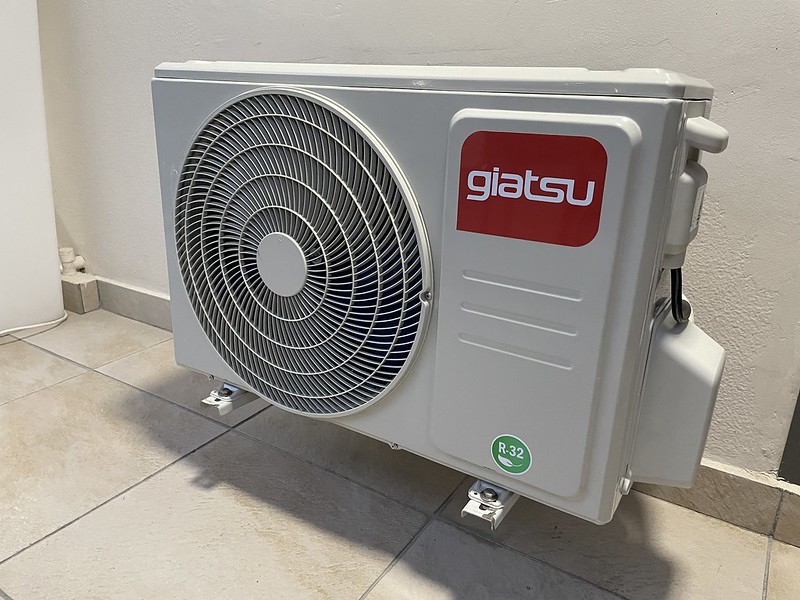Mini-split systems, including slim duct models, are a popular choice for efficient and flexible heating and cooling solutions. However, the absence of an overflow pan in these systems can raise concerns about potential water leakage and the necessary precautions for a DIY installation. This comprehensive guide will delve into the technical details and provide a step-by-step approach to ensure a successful and safe installation of a slim duct mini-split system.
Understanding the Condensate Drainage System
Mini-split systems, including slim duct models, rely on gravity drainage or a condensate pump to remove the condensation generated during the cooling process. Unlike traditional HVAC systems, these units do not come equipped with an overflow pan.
Gravity Drainage
In a gravity drainage system, the condensate is directed through a drainage line that exits the building near the foundation or a lower level. This approach relies on the natural slope of the drainage line to facilitate the flow of water away from the system.
Key Considerations for Gravity Drainage:
- Ensure the drainage line has a consistent downward slope of at least 1/4 inch per foot to prevent water pooling.
- Avoid sharp bends or kinks in the drainage line, as they can obstruct the flow of water.
- Regularly inspect the drainage line for any blockages or debris that could impede the water flow.
- Consider installing a condensate trap or p-trap in the drainage line to prevent backflow and odors.
Condensate Pump
In situations where gravity drainage is not feasible, a condensate pump becomes necessary to remove the accumulated condensation. These pumps are typically installed near the indoor unit and are responsible for actively pumping the water out of the system.
Key Considerations for Condensate Pump Installation:
- Carefully follow the manufacturer’s instructions for the proper wiring and electrical connections of the condensate pump.
- Ensure the pump’s discharge line is routed to a suitable drainage location, such as a floor drain or exterior of the building.
- Regularly inspect the pump and its float switch to ensure proper functioning and prevent any potential issues.
- Consider installing a backup safety switch or overflow pan to mitigate the risk of water damage in case of a pump failure.
Preparing for a DIY Slim Duct Mini-Split Installation
When undertaking a DIY installation of a slim duct mini-split system, it is crucial to have a solid understanding of the system’s wiring requirements and the proper sequence of installation steps.
Electrical Wiring Considerations
- Familiarize yourself with the system’s electrical schematics and wiring diagrams provided by the manufacturer.
- Ensure the electrical circuit serving the mini-split system is properly sized and grounded according to local electrical codes.
- Pay close attention to the wiring connections between the indoor unit, outdoor unit, and any additional components, such as the condensate pump.
- Test the electrical connections and the functionality of the condensate pump before completing the installation.
Installation Sequence
- Start by carefully unpacking the indoor and outdoor units, taking note of any specific instructions or requirements.
- Determine the optimal placement of the indoor and outdoor units, considering factors such as airflow, accessibility, and proximity to power sources.
- Mount the indoor unit securely, ensuring it is level and properly supported.
- Route the refrigerant lines, drainage lines, and electrical wiring according to the manufacturer’s guidelines.
- Connect the refrigerant lines, ensuring proper brazing techniques and leak-free connections.
- Install the condensate pump (if required) and connect the drainage line, verifying the proper slope and routing.
- Complete the electrical connections, paying close attention to the wiring of the condensate pump.
- Perform a thorough system check, including testing the condensate pump’s functionality and checking for any potential leaks.
- Insulate the refrigerant lines and drainage lines to prevent condensation and heat loss.
- Finalize the installation by securing any remaining components and cleaning the work area.
Preventing Water Damage
While slim duct mini-split systems do not come equipped with an overflow pan, there are several measures you can take to minimize the risk of water damage during the installation and operation of the system.
Drainage Line Routing
- Ensure the drainage line is routed to a suitable location, such as a floor drain or the exterior of the building, to allow for proper water discharge.
- Avoid routing the drainage line through areas where water leakage could cause damage, such as ceilings, walls, or living spaces.
- Consider installing a condensate trap or p-trap in the drainage line to prevent backflow and odors.
Condensate Pump Safeguards
- If a condensate pump is required, install a backup safety switch or overflow pan to prevent water damage in case of pump failure.
- Regularly inspect the condensate pump and its float switch to ensure proper functioning.
- Clean the condensate pump and its inlet regularly to prevent clogging and ensure efficient operation.
Monitoring and Maintenance
- Periodically check the drainage line and connections for any signs of leaks or blockages.
- Inspect the indoor unit’s drain pan for any accumulated water or debris, and clean it as necessary.
- Monitor the system’s operation and be alert to any unusual noises or indications of potential issues with the condensate drainage.
By following these comprehensive guidelines and technical details, you can successfully install a slim duct mini-split system while minimizing the risk of water damage and ensuring the long-term reliable operation of your HVAC solution.

